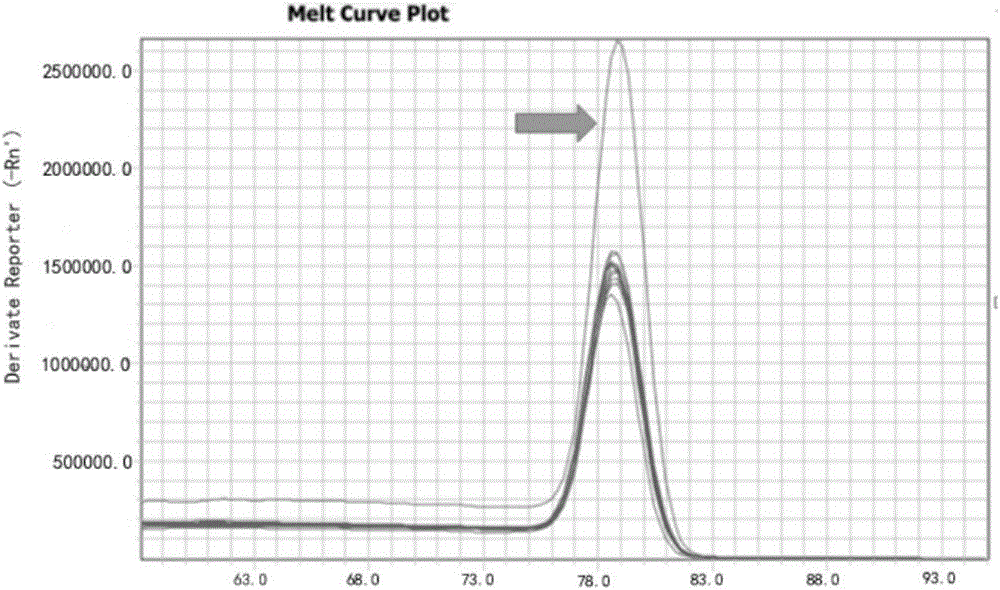Method for accurately detecting degree of homogenization of chloroplast transformation
A chloroplast and homogenization technology, applied in the direction of biochemical equipment and methods, microbial measurement/inspection, etc., to achieve the effect of protecting integrity, high failure rate, and high purity
- Summary
- Abstract
- Description
- Claims
- Application Information
AI Technical Summary
Problems solved by technology
Method used
Image
Examples
Embodiment 1
[0072] Example 1 Transfer the yellow fluorescent protein (LanYFP-mod, hereinafter referred to as LY) gene into the tobacco chloroplast genome, and use this method to detect the degree of homogeneity of the tobacco chloroplast yellow fluorescent protein gene
[0073] Step (1) Obtain the positive callus that the laboratory has successfully introduced the yellow fluorescent protein gene into the tobacco chloroplast genome. The backbone vector of the target gene is p-DK2, and the backbone vector map is as follows: figure 1 As shown, the whole genome DNA of positive callus was extracted: the obtained whole genome DNA needs to contain as much chloroplast genomic DNA as possible to ensure that the error between the detected degree of homogeneity of chloroplast transformation and the actual degree of homogeneity is small. During the operation, due to the small amount of the sample, it could not be ground in the mortar (the loss was huge), and because the water content of the callus was...
Embodiment 2
[0131] Embodiment 2 The green luciferase (SLG) gene is transferred to the tobacco chloroplast genome, and this method is used to detect the degree of homogeneity of the tobacco chloroplast green luciferase gene
[0132] Step (1) Import the plastid vector p-DK4 containing the green luciferase gene SLG into the tobacco chloroplast genome, and successfully obtain positive callus. The plastid vector p-DK4 map is as follows: Figure 17 Shown, the whole genome DNA method of extracting positive callus is the same as embodiment 1, Figure 18 For the gel running results of the whole genome DNA of the extracted samples, Figure 18 Middle M is 1kb maker, the main bands of samples 4, 6, 8, 9, and 10 are relatively clear and less dragged, and are suitable as template DNA; the main bands of samples 1, 2, 3, 5, 7, and 11 are not clear enough and dragged less Much, not recommended as template DNA.
[0133] In step (2), the target gene is selected to be located on the backbone carrier screen...
PUM
| Property | Measurement | Unit |
|---|---|---|
| PCR efficiency | aaaaa | aaaaa |
Abstract
Description
Claims
Application Information
 Login to View More
Login to View More - R&D
- Intellectual Property
- Life Sciences
- Materials
- Tech Scout
- Unparalleled Data Quality
- Higher Quality Content
- 60% Fewer Hallucinations
Browse by: Latest US Patents, China's latest patents, Technical Efficacy Thesaurus, Application Domain, Technology Topic, Popular Technical Reports.
© 2025 PatSnap. All rights reserved.Legal|Privacy policy|Modern Slavery Act Transparency Statement|Sitemap|About US| Contact US: help@patsnap.com



